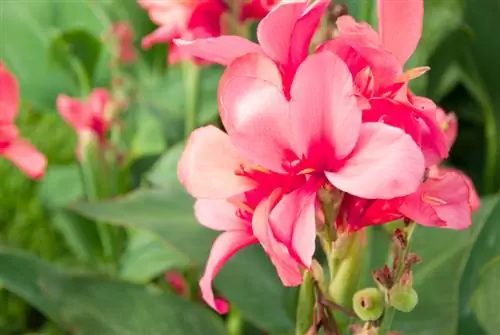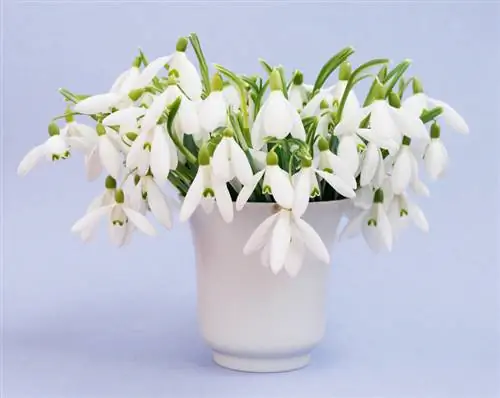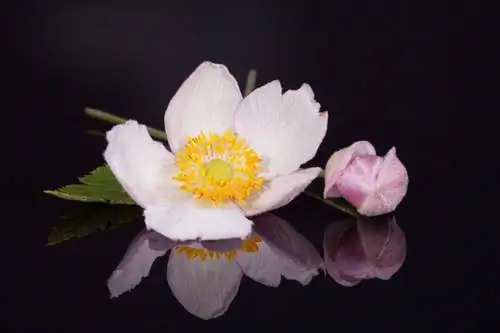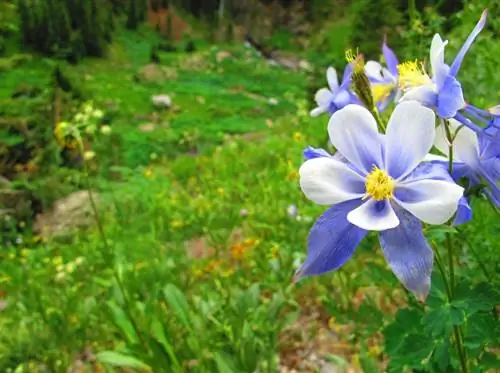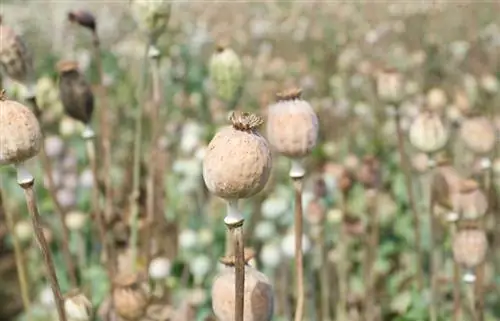- Author admin [email protected].
- Public 2023-12-16 16:46.
- Last modified 2025-01-23 11:21.
Laburnum is generally very easy to care for. For all the decorative adornment it offers the gardener, it is pleasantly undemanding. When it comes to cutting, however, it is a bit more complicated. We'll show you what you need to consider.

How do I cut the laburnum correctly?
You should be careful when cutting the laburnum, as it does not tolerate pruning well and cuts heal poorly. Younger specimens can be carefully pruned, but older ones should be avoided. Only cut thin, dead or diseased branches.
Basic properties of laburnum
For almost everything that garden plants can generally demand special attention and skill from the gardener, the golden shower is pretty straightforward. It places just as few demands on the location as it does on watering or growth aids in the form of fertilizer. It is also largely robust against diseases and pests. So he is one of the journeymen in the garden who can largely take care of themselves and hardly need the support of their cultivator.
These vegetative properties
- undemanding in terms of location
- no special watering required
- no need for fertilizer
- robust against diseases and pests
show the self-sufficiency of laburnum - which should be taken into account when cultivating.
Be economical with pruning
Actually the same with the editing. Basically, the laburnum hardly needs any intervention in its growth - but above all, it doesn't want it. It prefers to develop without any annoying pruning. In most cases they are not necessary at all, as the laburnum has a fairly compact growth and its crown does not spread excessively. It is generally advisable to let it develop as naturally as possible.
When you place it, think about the space it will one day occupy - in total, a laburnum will grow to a height of around 7 meters and its crown will be at most twice as wide.
Sensitive cutting twist
The laburnum also shows that it doesn't like being cut back by the fact that it doesn't cope well with cuts. If larger branches are removed, the cut surface can begin to rot and affect the plant.
Only cut younger specimens
Basically, the rule of thumb applies: only younger laburnums should be shortened from time to time, if desired for visually and vegetatively more favorable branching. If the shrub is older, you should avoid it. A pruning will then no longer produce more lush flowers - these are usually still very generous even in old age.
In addition, only thin branches up to 2 cm thick should be removed and only if it really makes sense - that is, if the branches are dead and need to be cleared out. This can certainly strengthen the golden shower and help it regain more vitality and flowering joy.
Pruning for diseases and pests
If, despite its robustness, the laburnum is seriously affected by a fungal disease such as galena or by a massive aphid or spider mite infestation, it may be necessary to cut away the affected parts of the plant. However, combating with fungicides or natural pest controllers (beneficial insects) should always be the first choice.
The cuts should be made as cleanly as possible with a knife that should be cleaned from time to time and the cut surfaces should be sealed well. In this way you can help the laburnum to overcome them without rotting and to grow over them again with bark.


